Eating for Your Hormones: A Real-Talk Guide to Feeling Better
It’s a story I’ve heard countless times. So many women come to me feeling completely let down by their own bodies. They’re dealing with a whole list of frustrations: a deep-seated fatigue that sleep won’t fix, moods that swing out of nowhere, weight that just won’t budge, and periods that are a monthly nightmare. Often, they’ve been dismissed with a simple, “it’s just stress,” or told that this is all just a “normal” part of being a woman.
In this article
But you know when something just feels… off. And honestly, almost every single time, these feelings trace back to a tangled web of hormonal imbalances. My whole approach is about helping you untangle that web, and our most powerful tool is, without a doubt, the food you put on your plate.
Your hormones aren’t working in isolation; they’re constantly chatting with each other. Think of it like a big orchestra. If the drums (your stress hormones) are banging way too loud, you can’t even hear the beautiful violins (your sex hormones). If the conductor (your thyroid) is feeling a bit sluggish, the whole performance falls flat. This guide is all about creating a stable, supportive environment inside your body so it can find its own rhythm again. We aren’t chasing symptoms or looking for one magic pill. We’re building a solid foundation, which takes time and consistency, but the results can be life-changing.

Feeling Overwhelmed? Start With This One Tiny Thing
Before we dive in, let’s make this simple. If all of this feels like too much, just do this one thing for the next week: add 1-2 tablespoons of ground flaxseed to your food every day. Seriously. Stir it into a smoothie, sprinkle it on a salad, or mix it into some yogurt. It’s a tiny, easy step that costs next to nothing, and it gives your body a huge helping hand in clearing out old, used-up estrogen. It’s the perfect first step.
Getting to Know the Main Players
Okay, to really get this, we need a quick introduction to the key hormones involved. A lot of people only think about estrogen and progesterone, but they’re just one part of a much bigger picture. The hormones at the top of the chain have the most influence on everything else downstream.
1. Cortisol: The Stress Manager
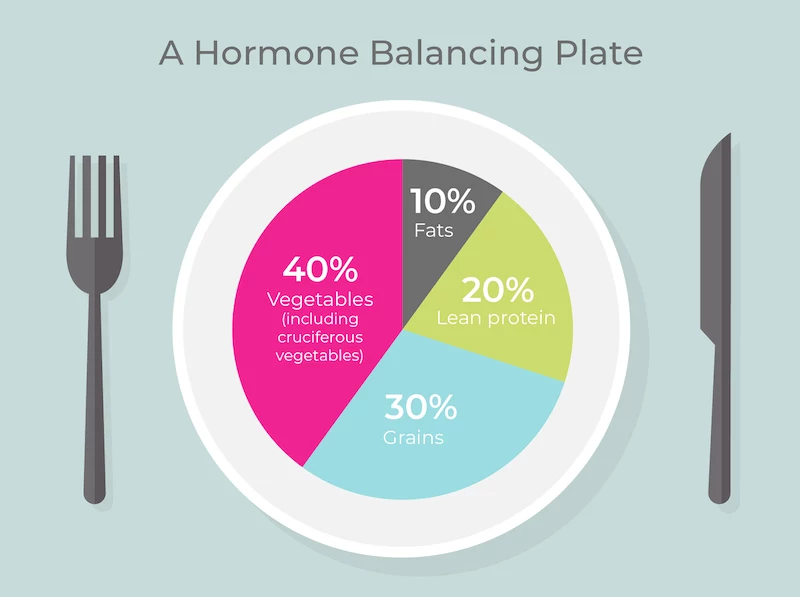
Your adrenal glands pump out cortisol, your main stress hormone. It’s not the bad guy! You need it to wake up in the morning and to have the energy to handle a real threat. The issue is our modern lives. Your body can’t tell the difference between a charging lion and a packed schedule, financial stress, or an overflowing email inbox. When that stress is constant, your body gets stuck in “fight or flight” mode. It starts prioritizing immediate survival over long-term projects like metabolism and reproduction. This can lead to a process called “cortisol steal,” where your body literally steals the building blocks for progesterone to make more cortisol, throwing your whole cycle off-kilter.
2. Insulin: The Blood Sugar Regulator
Insulin has a really important job: moving sugar from your blood into your cells to be used for energy. But when you’re constantly eating refined carbs and sugar, your pancreas has to work overtime, pumping out insulin. Eventually, your cells can start to ignore the message, kind of like how you tune out a constant, annoying noise. This is insulin resistance. The body’s solution? It just yells louder by making even MORE insulin. High insulin is a major hormonal disruptor. I see it all the time in my practice—it can tell the ovaries to make more testosterone, leading to things like acne and irregular cycles.
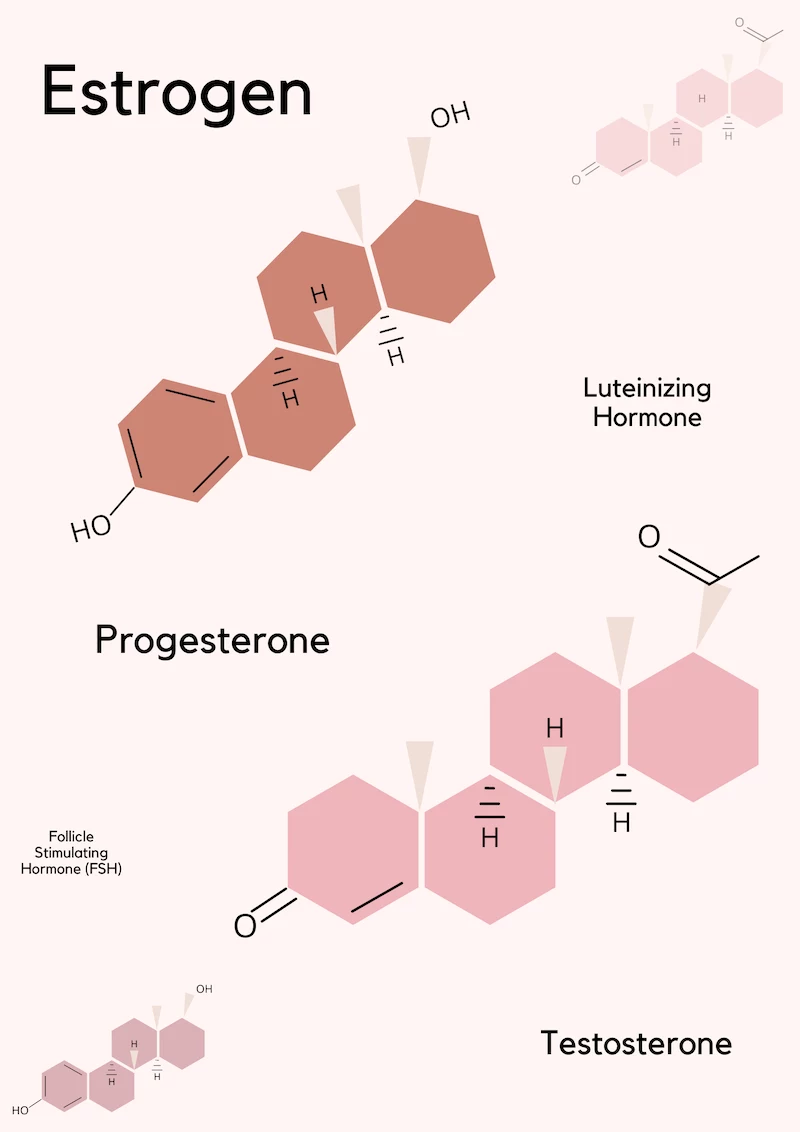
Getting your blood sugar stable is absolutely non-negotiable for happy hormones.
3. Thyroid Hormones: The Metabolic Engine
Your thyroid gland is like the thermostat for your body. It produces hormones that set the metabolic rate for every single cell, controlling your energy, body temperature, and weight. The thing is, your thyroid is super sensitive. Chronic stress and a lack of the right nutrients can really mess with it. High cortisol, for example, can block the conversion of the inactive thyroid hormone (T4) into the active form (T3) your body can actually use. This can leave you with all the symptoms of a slow thyroid—fatigue, hair loss, constipation—even when basic lab tests look “normal.”
4. Estrogen and Progesterone: The Cycle Conductors
And here we are, at the main event for the menstrual cycle. These two hormones are at the bottom of the pyramid, which means they’re easily pushed around by any drama happening with cortisol, insulin, or your thyroid. In a nutshell, estrogen builds your uterine lining in the first half of your cycle, and progesterone holds it in place during the second half. Many women today are dealing with what’s called “estrogen dominance,” where estrogen is too high compared to progesterone. This can be fueled by chronic stress (which, as we know, gobbles up progesterone), a sluggish liver that can’t clear out old estrogen, and even chemicals in our environment.
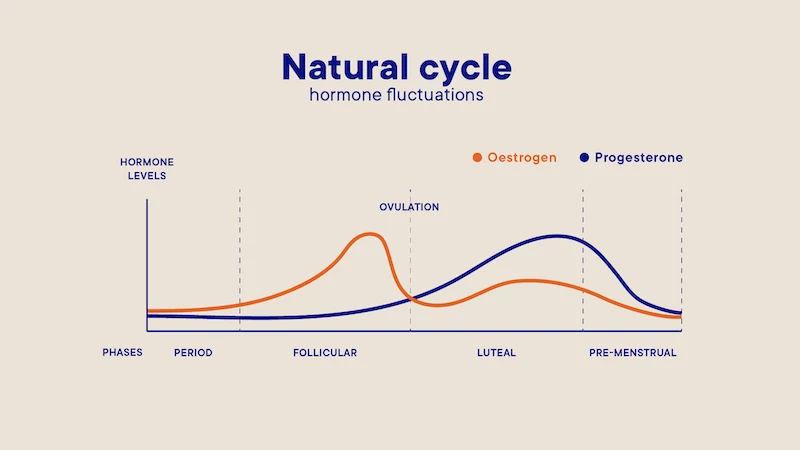
The Three Pillars of Hormonal Support
Okay, let’s get practical. Instead of just giving you a giant list of “good” and “bad” foods, we’re going to build a new foundation, one pillar at a time. This approach works because it tackles the root causes in the right order.
Pillar 1: Master Your Blood Sugar
This is always, always step one. You can’t balance anything else if your insulin and cortisol are on a wild rollercoaster all day. The goal is to keep your blood sugar in a gentle, rolling wave, not sharp peaks and crashes.
The key here is building every single meal around what I call the “PFF” trio: Protein, Fat, and Fiber. A carbohydrate all by itself (like a plain bagel or a handful of crackers) will send your blood sugar soaring. But when you pair it with PFF, you dramatically slow down how quickly that sugar hits your system.
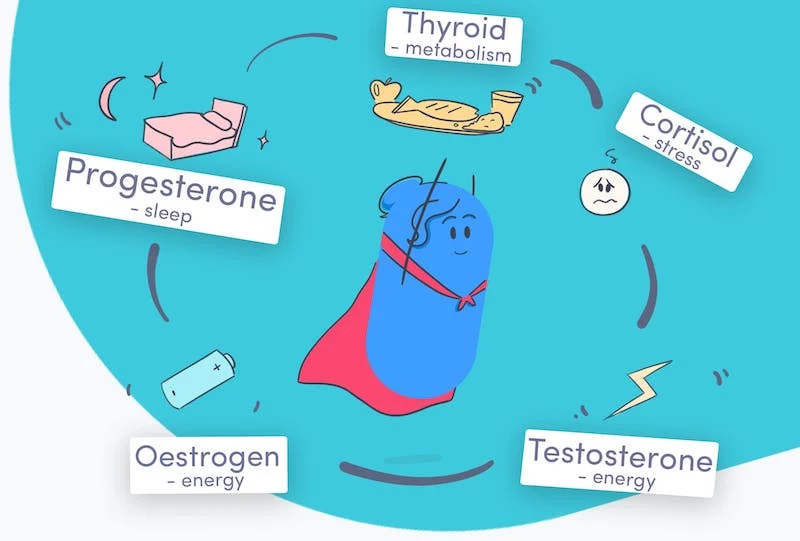
- The Old Way: Toast with jam or a bowl of cereal. This is a recipe for a mid-morning energy crash and sugar cravings.
- The PFF Way: Two eggs (protein & fat) cooked in ghee with sautéed spinach (fiber) and a quarter of an avocado (fat & fiber). Or, if you’re in a hurry or don’t eat eggs, a smoothie with a scoop of quality protein powder, a tablespoon of almond butter, and a handful of spinach. Another great option is chia seed pudding, which you can make the night before in about five minutes.
Try to get 20-30 grams of protein at breakfast. It is a game-changer for your energy and cravings for the rest of the day.
Pillar 2: Nurture Your Gut and Liver
Once your blood sugar is more stable, we turn our attention to your body’s cleanup crew. Your gut and liver work together to process and get rid of things your body is done with, including used hormones.
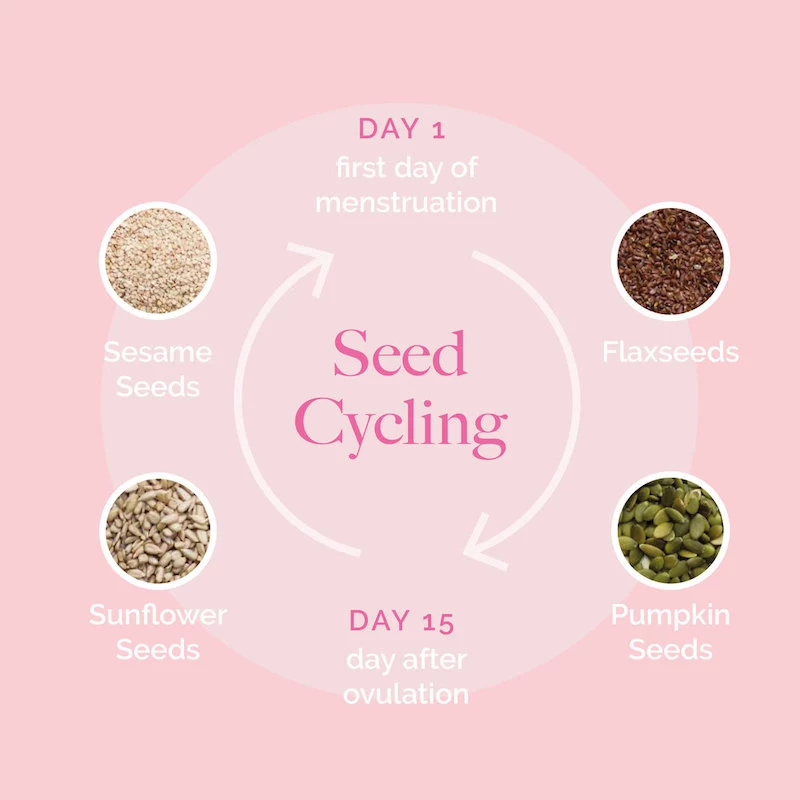
Your gut has a special set of bacteria that help process and eliminate estrogen. If your gut health is off, that estrogen can get reabsorbed back into your system, fueling estrogen dominance. The solution? Fiber. Aiming for 25-30 grams a day from a variety of plants is a great goal. And your liver is your main detox hub. To help it do its job properly, it needs specific nutrients, especially from sulfur-rich foods like broccoli, cauliflower, kale, garlic, and onions.
A quick tip: If you suddenly jump from eating 10g of fiber to 30g, you’re going to feel bloated and uncomfortable. Your gut needs time to adjust. Go slow. Add about 5g of extra fiber every few days and make sure you’re drinking plenty of water.
Pillar 3: Replenish Key Nutrients
A modern lifestyle and diet can easily drain our bodies of the key minerals and vitamins needed to make and regulate hormones. After we’ve laid the first two foundation blocks, we can focus on topping up these essential nutrients with food.
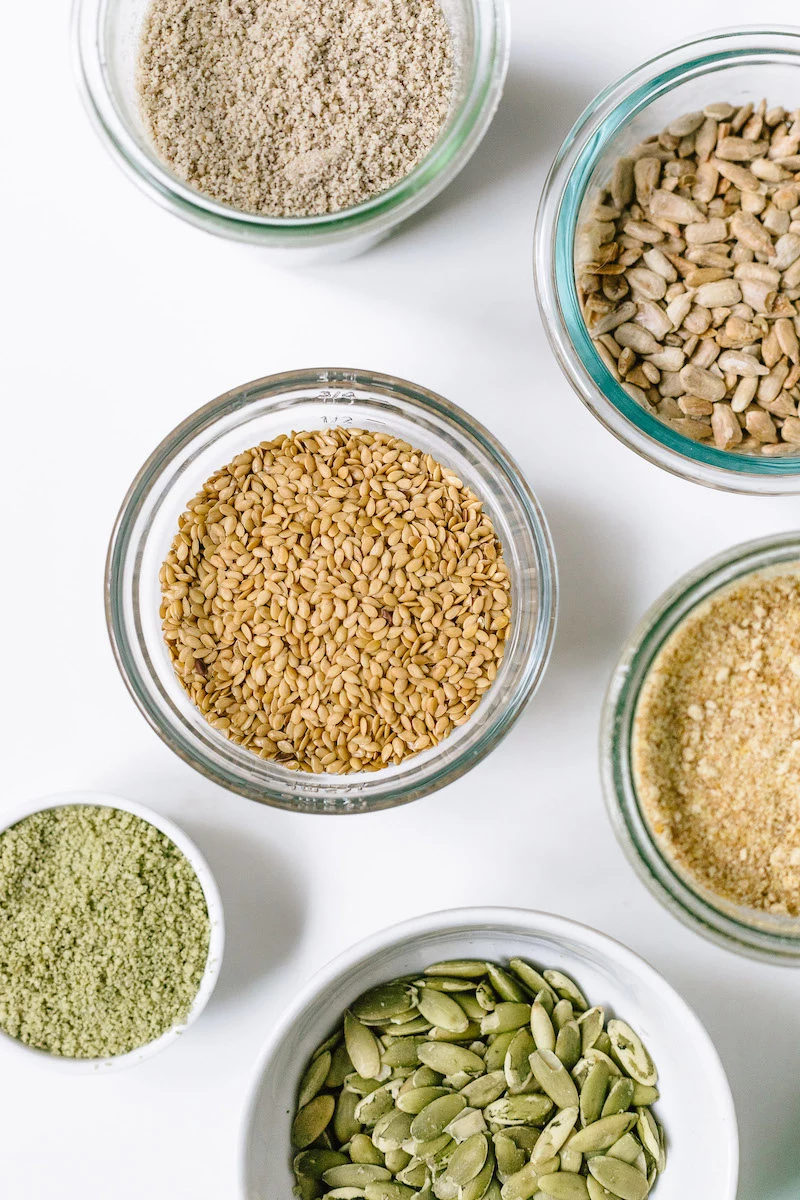
- Magnesium: This is the master mineral for relaxation. It helps calm the nervous system, supports sleep, and aids blood sugar regulation. You’ll find it in leafy greens, almonds, pumpkin seeds, and good-quality dark chocolate.
- B Vitamins: Especially B6, these are crucial for making progesterone and helping the liver clear out estrogen. Think grass-fed meat, wild-caught fish, eggs, and legumes.
- Zinc: So important for thyroid health, ovulation, and clear skin. Oysters are the jackpot source, but you can also get it from beef, pumpkin seeds, and lentils.
- Selenium: You need this to convert your inactive thyroid hormone to its active form. The best part? Just two or three Brazil nuts a day is usually enough to meet your needs.
Your Hormone-Friendly Shopping List
Let’s stop thinking in terms of “good” and “bad” and start thinking in terms of intentional choices. Here’s what to focus on and what to scale back on.
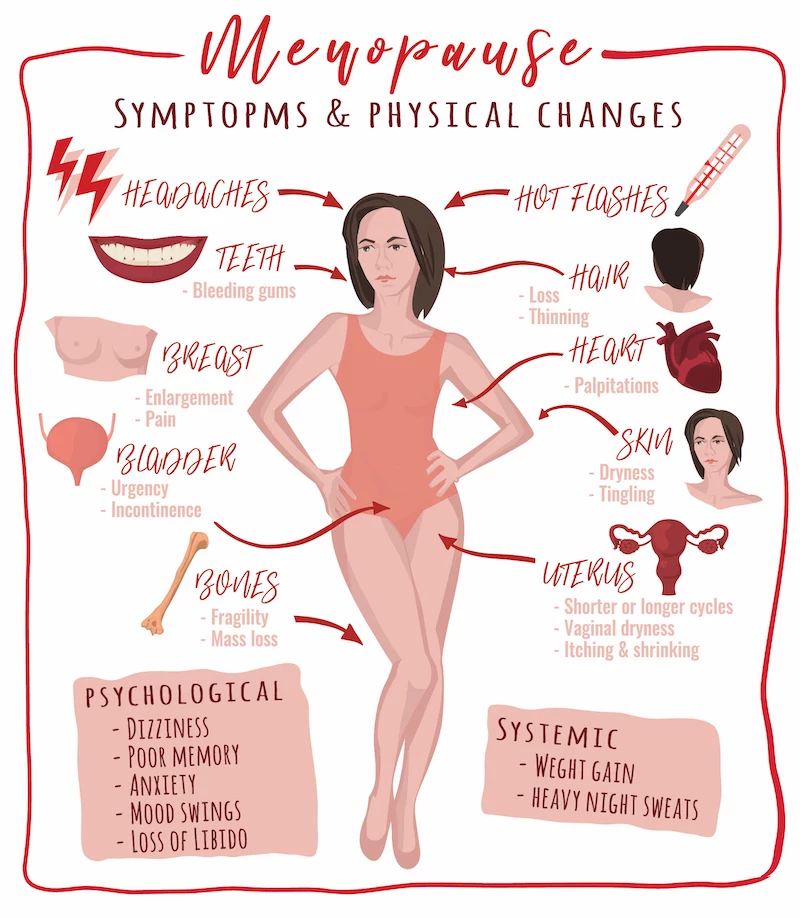
Foods to Load Up On
- Cruciferous Veggies: We’re talking broccoli, cauliflower, kale, and Brussels sprouts. Lightly steaming or sautéing them makes them easier to digest and unlocks their liver-supporting powers.
- Quality Proteins: The amino acids in protein are the literal building blocks for your hormones. Focus on grass-fed beef, wild-caught fish like salmon, pasture-raised eggs, and if you’re plant-based, things like lentils, chickpeas, and organic tofu or tempeh.
- Healthy Fats: Your body needs fat to make hormones. Don’t be afraid of it! Think avocado, olive oil for dressings, nuts, and seeds. Ghee and coconut oil are great for cooking at higher temperatures.
- Fiber-Rich Plants: Basically, all the colorful stuff! Every color represents different antioxidants and phytonutrients. Berries are fantastic because they’re low in sugar and packed with anti-inflammatory goodness.
Foods and Habits to Minimize
- Refined Sugar and Flour: The main culprits behind insulin chaos. This means sodas, pastries, candy, white bread, and most packaged snack foods.
- Industrial Seed Oils: Oils like canola, soybean, corn, and sunflower oil are highly processed and can promote inflammation. Swapping them out for olive oil, avocado oil, or coconut oil is a simple, powerful upgrade.
- Excessive Caffeine and Alcohol: A little caffeine might be fine, but a lot can jack up your cortisol. Try to keep it under 100mg a day (that’s one small 8oz coffee) and PLEASE, have it after your PFF breakfast, never on an empty stomach. Alcohol puts a big strain on the liver, forcing it to deal with the booze instead of your hormones. Cutting back for 30-60 days can be incredibly revealing.
- Environmental Estrogens: These are chemicals found in things like plastics (BPA), pesticides, and some personal care products that mimic estrogen. You can lower your exposure by switching to glass food storage, drinking filtered water, and being strategic with your grocery budget. I know going 100% organic feels impossible. A great trick is to use the “Dirty Dozen” and “Clean Fifteen” lists to guide your shopping. Focus your organic budget on things like berries, spinach, and kale. But you can totally save money on avocados, onions, and cauliflower—the conventional versions are generally fine.
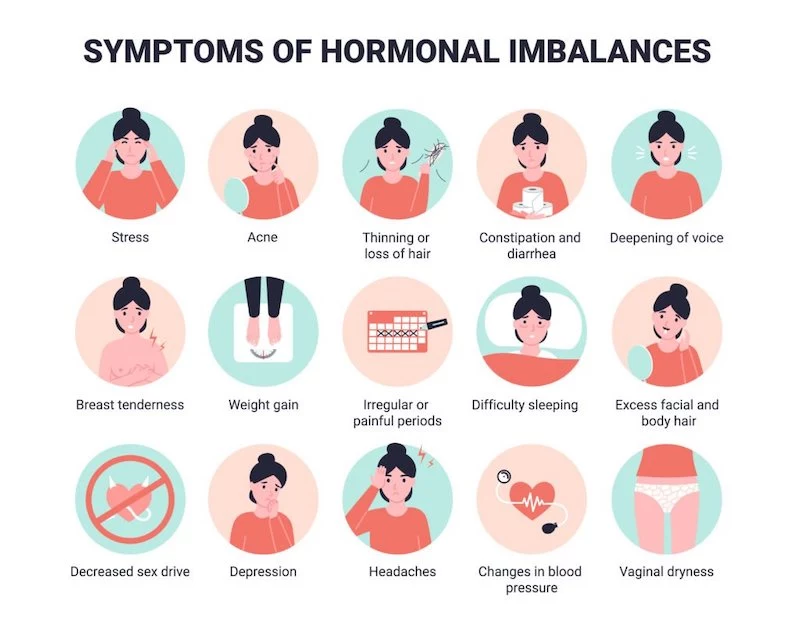
Putting It All Together on Your Plate
Okay, let’s see what this looks like in real life. These aren’t fancy recipes, just simple ideas that show the principles in action.
1. Hormone-Supportive Smoothie
This is a fantastic tool for a blood-sugar-balanced start to your day.
- Start with a base of 1.5 cups of unsweetened almond or coconut milk.
- Add your protein: 1 serving of a quality protein powder. This is a good place to invest, as a cheap powder can be full of junk. Look for one that’s third-party tested—that means an independent company verified what’s in the tub. Look for seals like “NSF Certified” or “Informed-Choice” on the label. A tub might cost between $40 and $70, but it breaks down to just a couple of dollars per serving.
- Add your fat: 1 tablespoon of almond butter or a quarter of an avocado.
- Add your fiber: 2 tablespoons of that ground flaxseed we talked about, and a big handful of spinach (I promise you won’t taste it).
- Finish with flavor: 1/2 cup of frozen wild blueberries or raspberries for antioxidants.
2. The “Everything” Nourish Bowl

This is my go-to for a satisfying lunch or dinner that hits all the right notes.
Just grab a bowl and start layering. Put down a base of 1 cup of cooked quinoa (protein and fiber). Top it with a cup of roasted veggies like broccoli and sweet potato. Add another protein source like chickpeas, grilled chicken, or salmon. Throw on a handful of arugula, some sliced avocado for healthy fat, and a sprinkle of pumpkin seeds for zinc. Finish it all with a simple dressing of olive oil, lemon juice, and a spoonful of tahini. It’s a perfect PFF meal that supports your liver and tastes amazing.
A Quick Word on Safety
Food is powerful, but it’s not a replacement for professional medical care. This is all for educational purposes, and it’s important to be smart about it.
A word of caution: please be careful with supplements. For example, while iodine is crucial for the thyroid, taking it as a supplement can be really dangerous if you have an underlying autoimmune thyroid condition, and could actually make things worse. This is a perfect example of why you can’t just supplement your way out of a problem without knowing what’s really going on.

And of course, if you have sudden or severe symptoms, please see a doctor right away. Working with a qualified professional—whether that’s a functional medicine doctor or a clinical nutritionist—allows for a truly personalized plan. They can recommend specific tests to figure out exactly what your body needs.
Changing how you eat is a journey of self-care. Be patient and kind to your body. It has an incredible ability to heal when you give it the right tools.
Inspirational Gallery
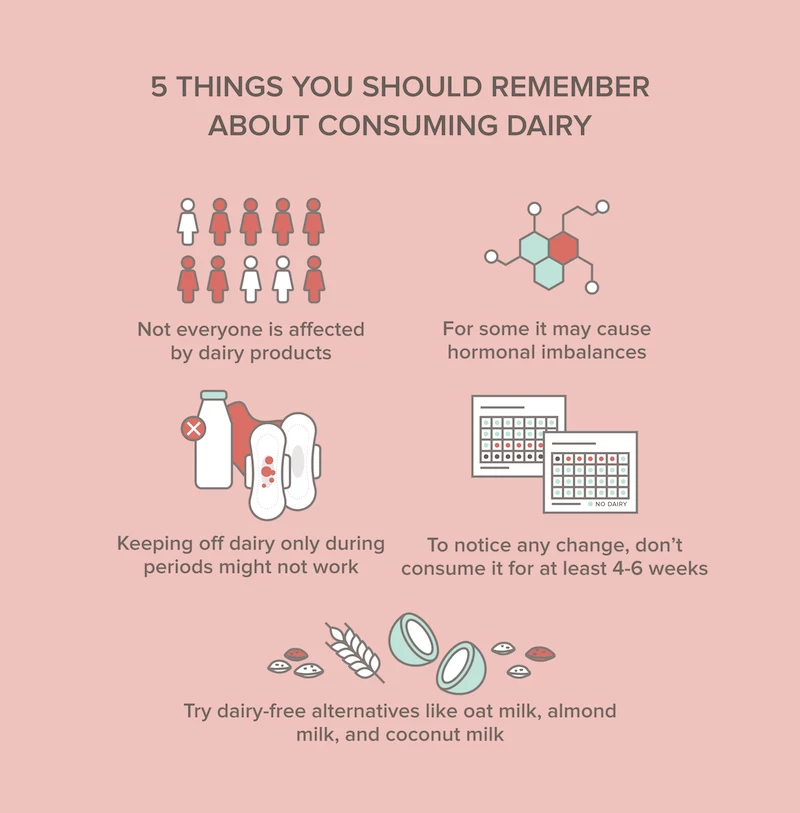
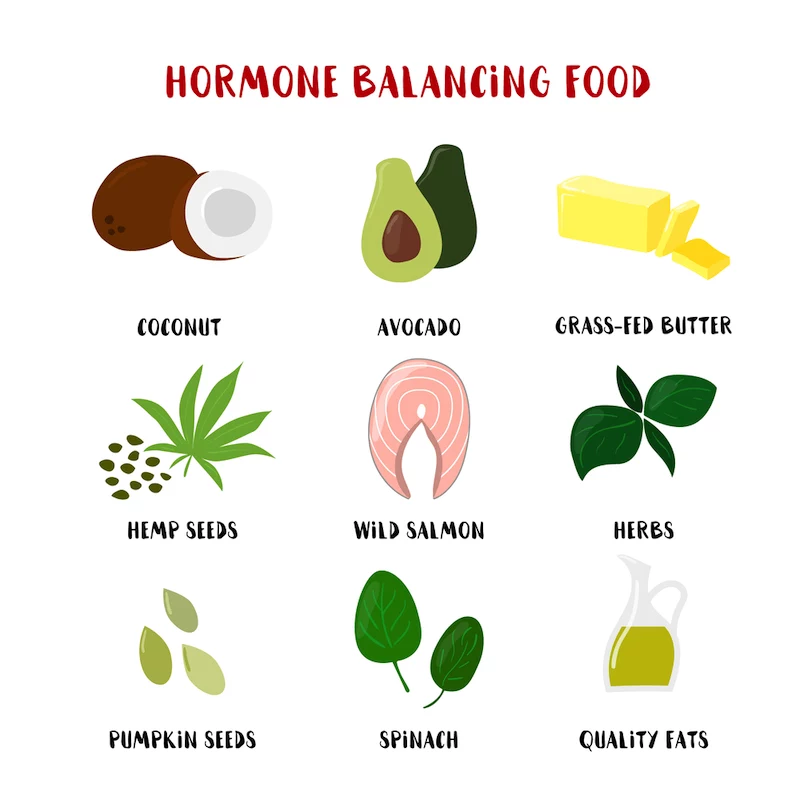
Can I still drink my morning coffee?
It’s the question on everyone’s mind. The short answer: it depends. That first cup can spike your stress hormone, cortisol, especially if you drink it on an empty stomach. Try this instead: wait 90 minutes after waking, and always have it after a protein-rich breakfast. This small shift can make a huge difference in your energy and anxiety levels. For a gentler boost, consider a mushroom coffee blend from a brand like Four Sigmatic, which often includes adaptogens to buffer the stress response.
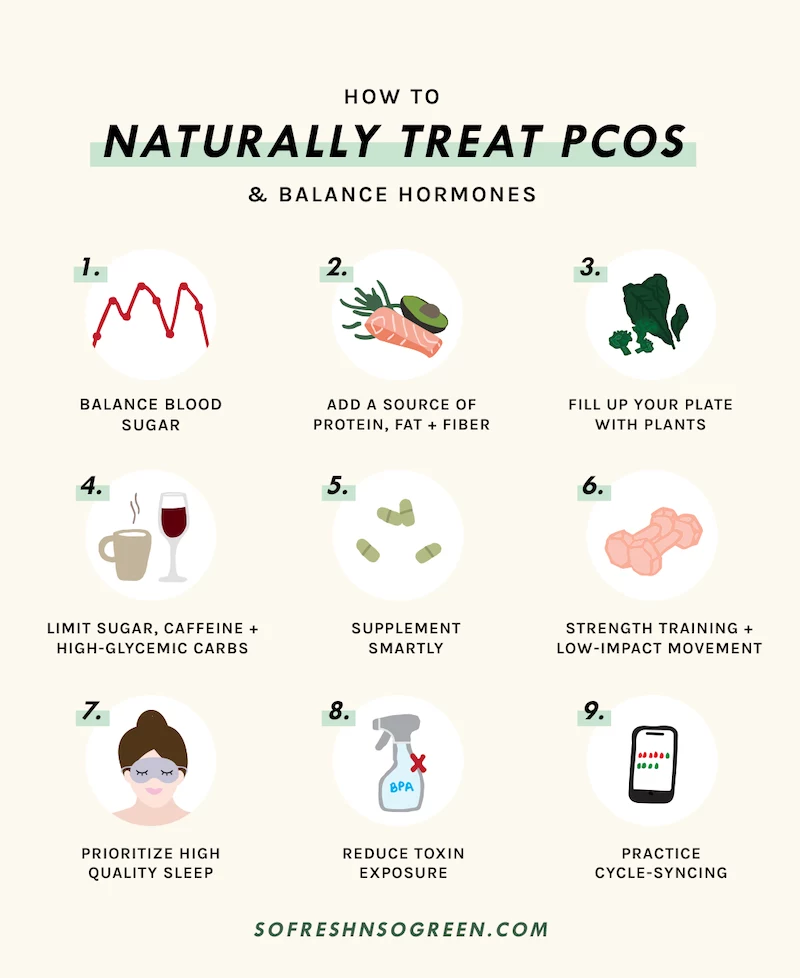
- Stabilizes your energy all morning long.
- Reduces sugar cravings later in the day.
- Provides the building blocks for neurotransmitters like dopamine.
The secret? A savory, protein-forward breakfast. Think eggs with avocado, a tofu scramble, or a smoothie with a high-quality protein powder instead of a sugary, carb-heavy start. This simple change sets the tone for balanced blood sugar and hormones for the rest of the day.
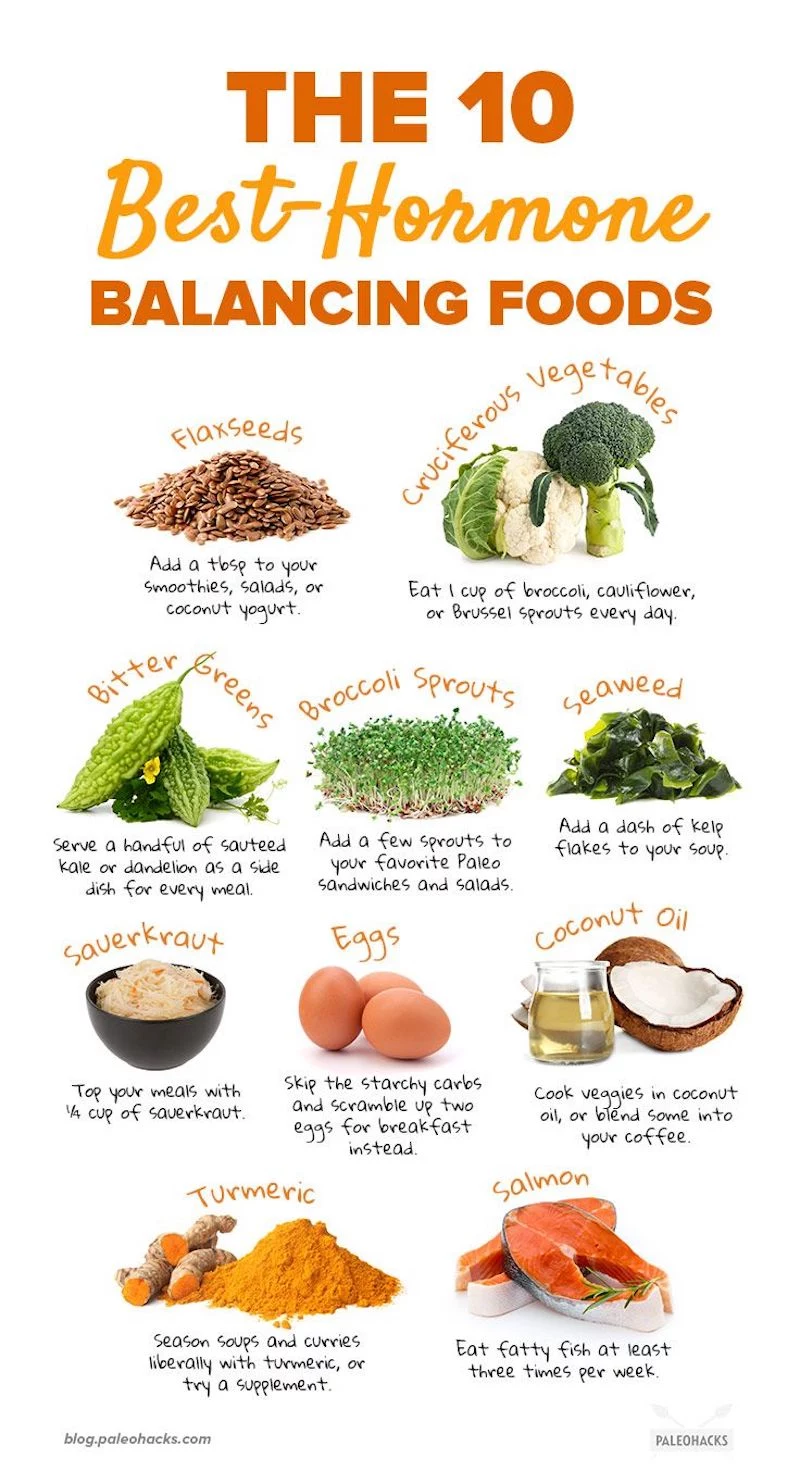
Did you know that up to 90% of your body’s serotonin—the “feel-good” neurotransmitter—is produced in your gut?
This is why a happy gut is non-negotiable for stable moods. An imbalance in gut bacteria can directly impact your hormone levels, especially estrogen. Supporting your gut with fermented foods like sauerkraut, kimchi, or unsweetened kefir is a direct investment in your mental and hormonal well-being.
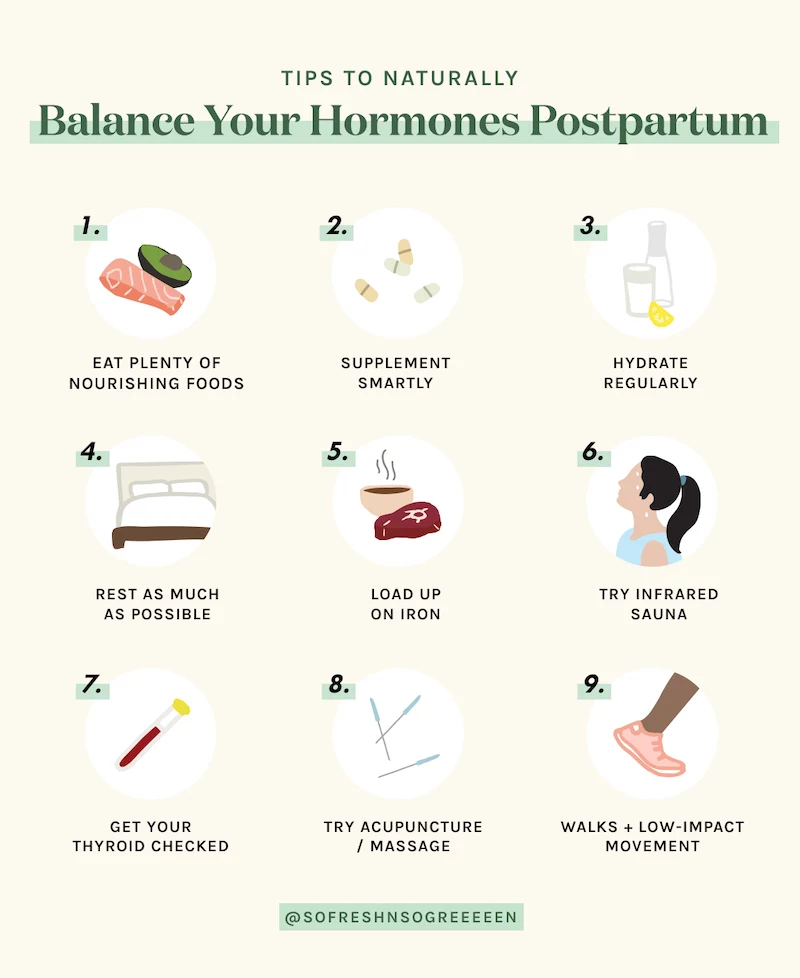
Don’t fear healthy fats! Your body literally cannot produce essential hormones without them. Cholesterol, often demonized, is the precursor to sex hormones like estrogen and progesterone. Embracing sources like avocados, extra-virgin olive oil, walnuts, and chia seeds gives your body the raw materials it needs to build a balanced hormonal symphony.
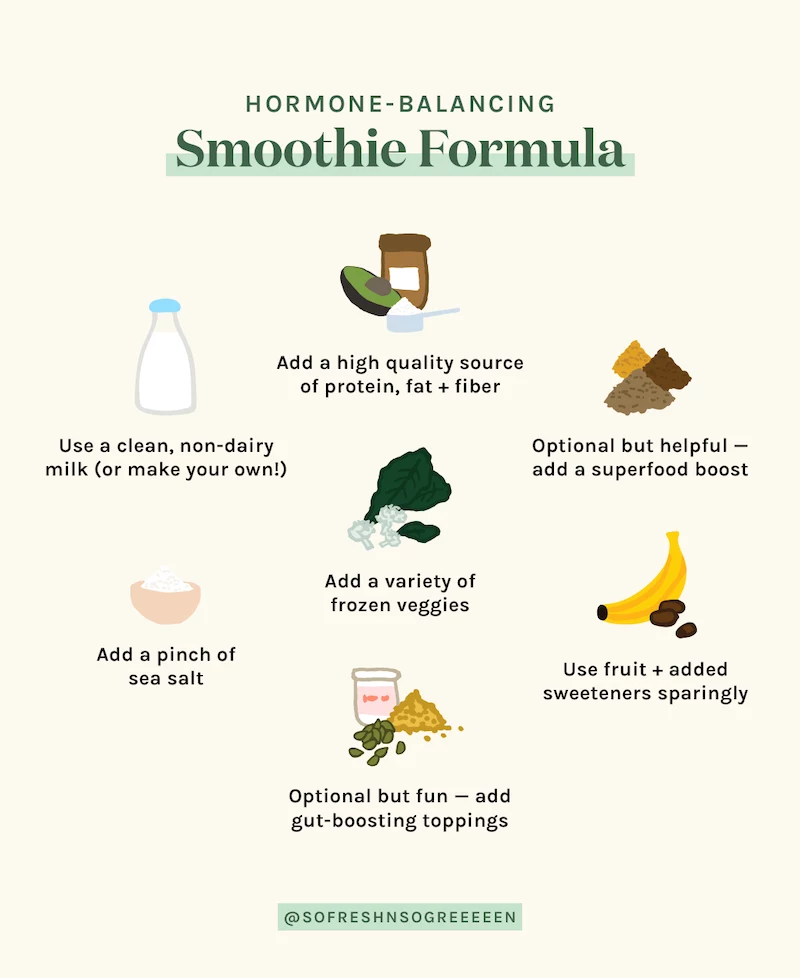
The one mineral you can’t ignore: Magnesium. It’s involved in over 300 biochemical reactions in the body, including regulating the stress response, promoting deep sleep, and easing menstrual cramps. Most of us are deficient. Look for a well-absorbed form like magnesium glycinate or bisglycinate before bed to calm your nervous system and support your entire hormonal cascade. Brands like Thorne or Pure Encapsulations offer high-quality options.
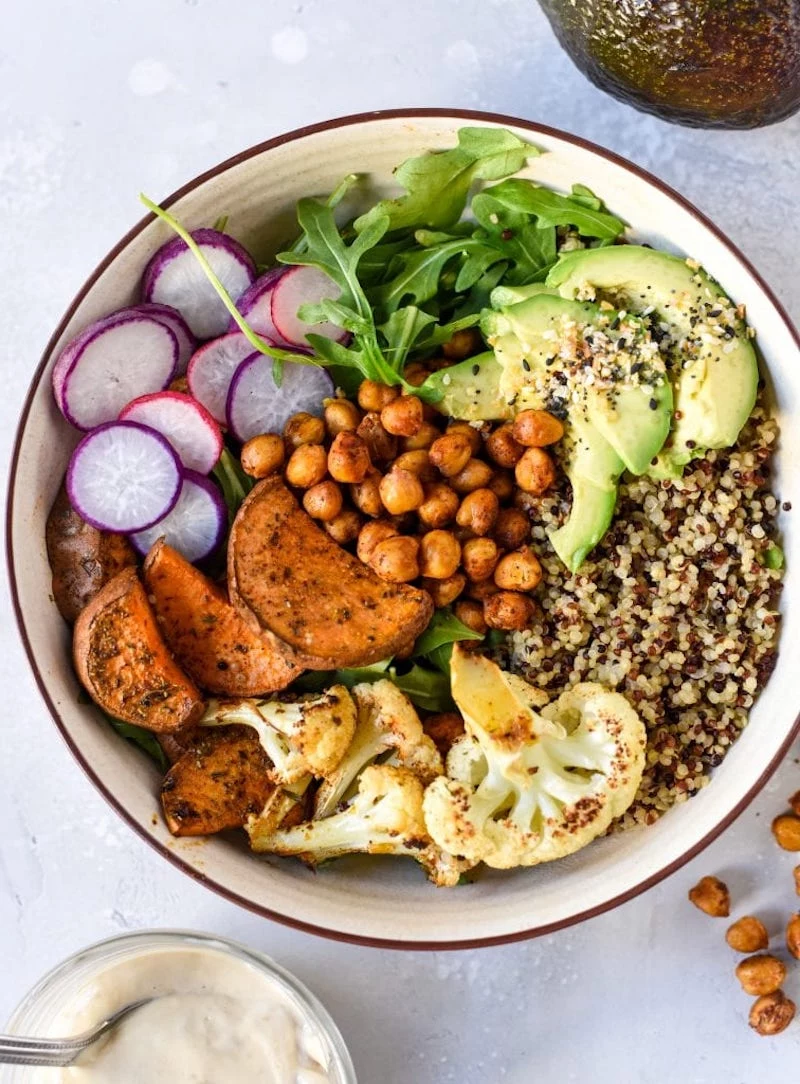
Think of your liver as your body’s master filtration system. It’s responsible for deactivating and clearing out hormones once they’ve done their job. To give it a helping hand:
- Start your day with a glass of warm water and a squeeze of fresh lemon.
- Incorporate cruciferous vegetables like broccoli sprouts, cauliflower, and kale, which contain compounds that support liver detox pathways.
- Add beets to your salads or smoothies to support bile flow.

Refined Sugar: Triggers a rapid spike in blood sugar and insulin, which over time can contribute to insulin resistance, a key driver of hormonal issues like PCOS. It’s a short-term energy loan with high-interest hormonal consequences.
Monk Fruit or Stevia: These natural, zero-calorie sweeteners don’t impact blood sugar or insulin levels, making them a much smarter choice for sweetening your tea or treats without disrupting your hormonal balance.
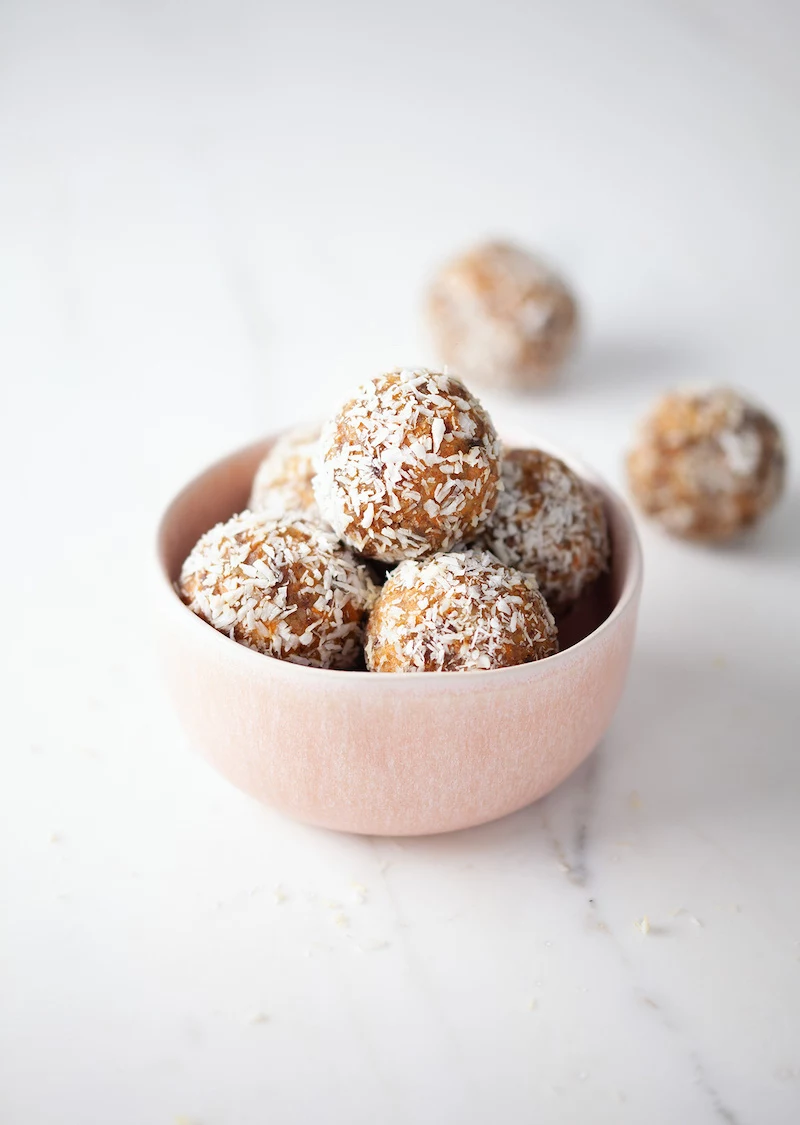
The concept of ‘Seed Cycling’ is a gentle, food-as-medicine approach to regulating your menstrual cycle. It involves eating specific seeds during the two main phases of your cycle to support hormone production. For the first half (follicular phase, day 1 to ovulation), you consume 1-2 tablespoons of ground flax and pumpkin seeds daily to support estrogen. In the second half (luteal phase, ovulation to period), you switch to sesame and sunflower seeds to boost progesterone. It’s a simple, beautiful way to connect with your body’s natural rhythm.
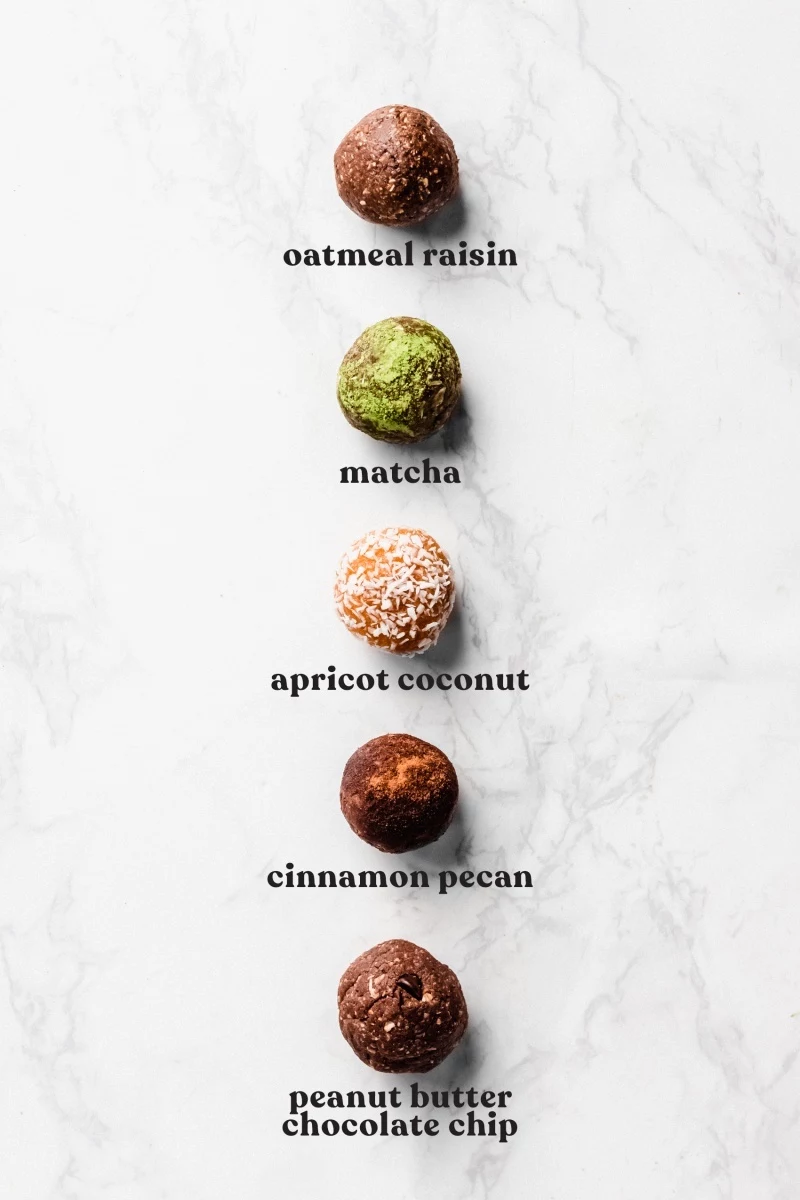
A 2018 study in the journal *Nutrients* highlighted that pesticides commonly found on non-organic produce can act as endocrine disruptors, mimicking or blocking our natural hormones.
This doesn’t mean you have to buy everything organic. To make it budget-friendly, focus on the

- Apple slices with almond butter
- A small handful of walnuts and a few black olives
- Seaweed snacks with a hard-boiled egg
- Chia seed pudding made with full-fat coconut milk
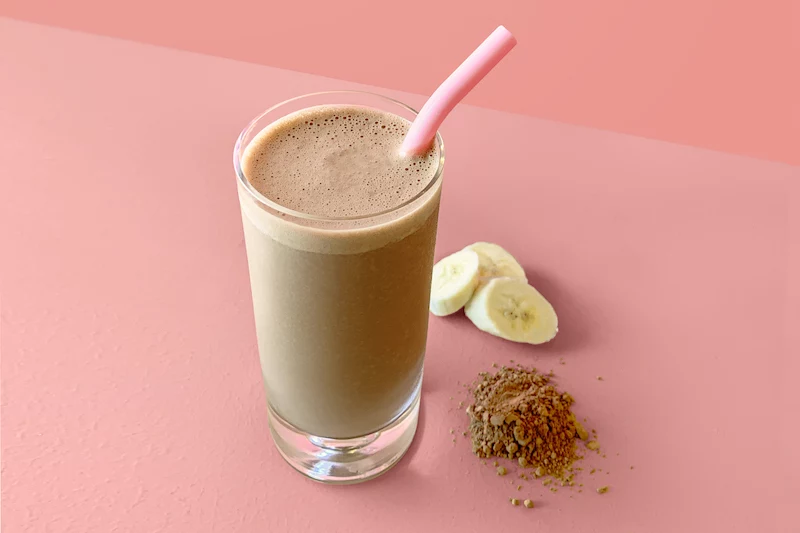
Important note on plastics: Many plastics, especially when heated, can leach xenoestrogens—man-made chemicals that mimic estrogen in the body. An easy win for your hormones is to stop microwaving food in plastic containers and switch to glass or ceramic. Store your leftovers in glass containers like Pyrex and use a stainless steel water bottle instead of disposable plastic ones.

Is dairy really that bad for hormones?
For some, yes. Conventional dairy can contain added hormones and antibiotics, and the A1 casein protein found in most cow’s milk can be inflammatory, exacerbating hormonal acne and digestive issues. If you suspect dairy is a problem, try eliminating it for 3-4 weeks. If you reintroduce it, you might find you tolerate organic, grass-fed A2 milk, or goat and sheep milk products better, as they have a different protein structure.
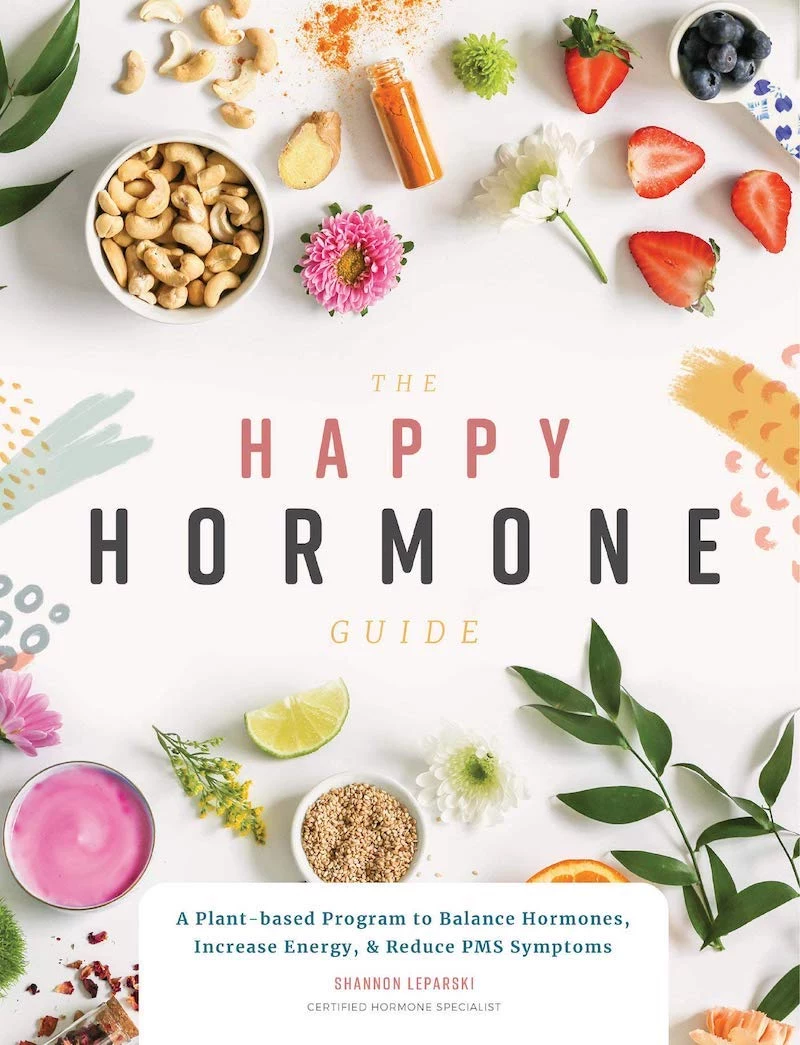
Adaptogens are a class of herbs that help your body’s resilience to stress. Instead of forcing a certain outcome, they work intelligently to modulate your stress response. Ashwagandha, for example, is known for its calming effect on cortisol, while Rhodiola can help fight fatigue. You can find them in teas, tinctures, or powders from trusted herbal brands like Gaia Herbs or Traditional Medicinals. They are a wonderful ally when stress is a key part of your hormonal puzzle.
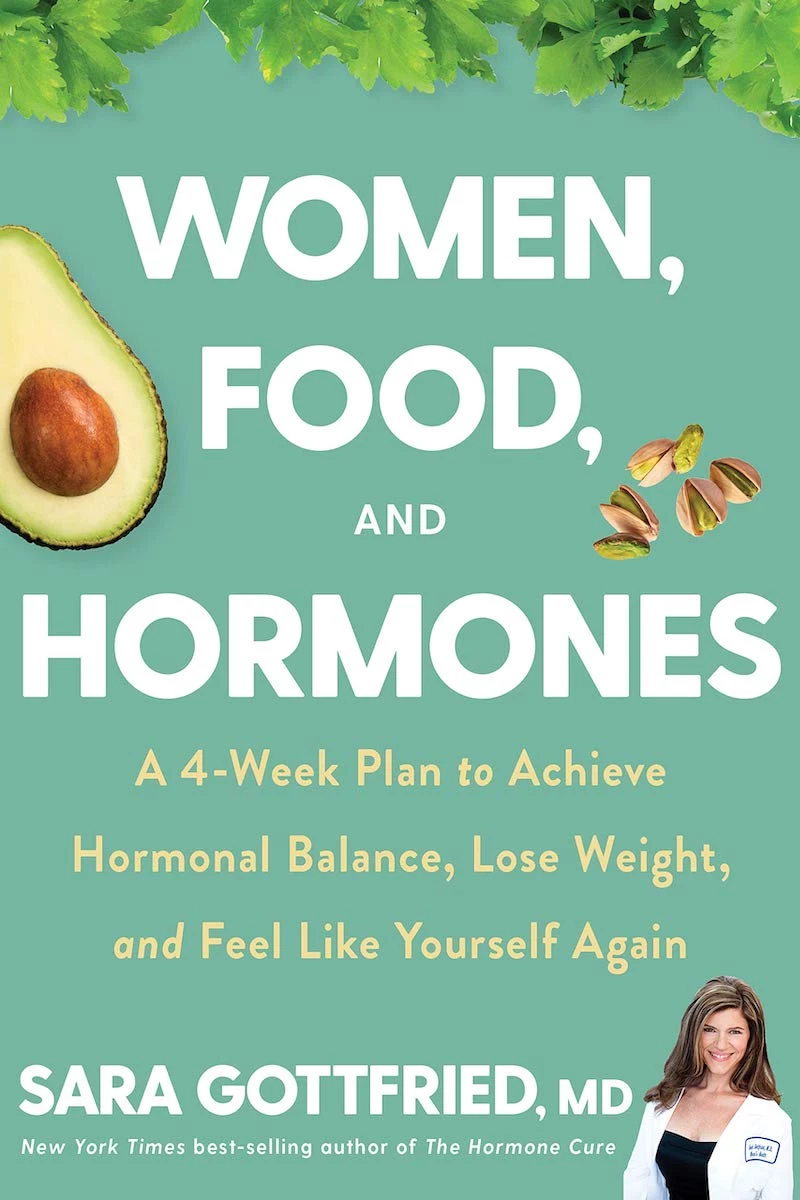
Even mild dehydration can raise your cortisol levels, putting your body in a state of stress.
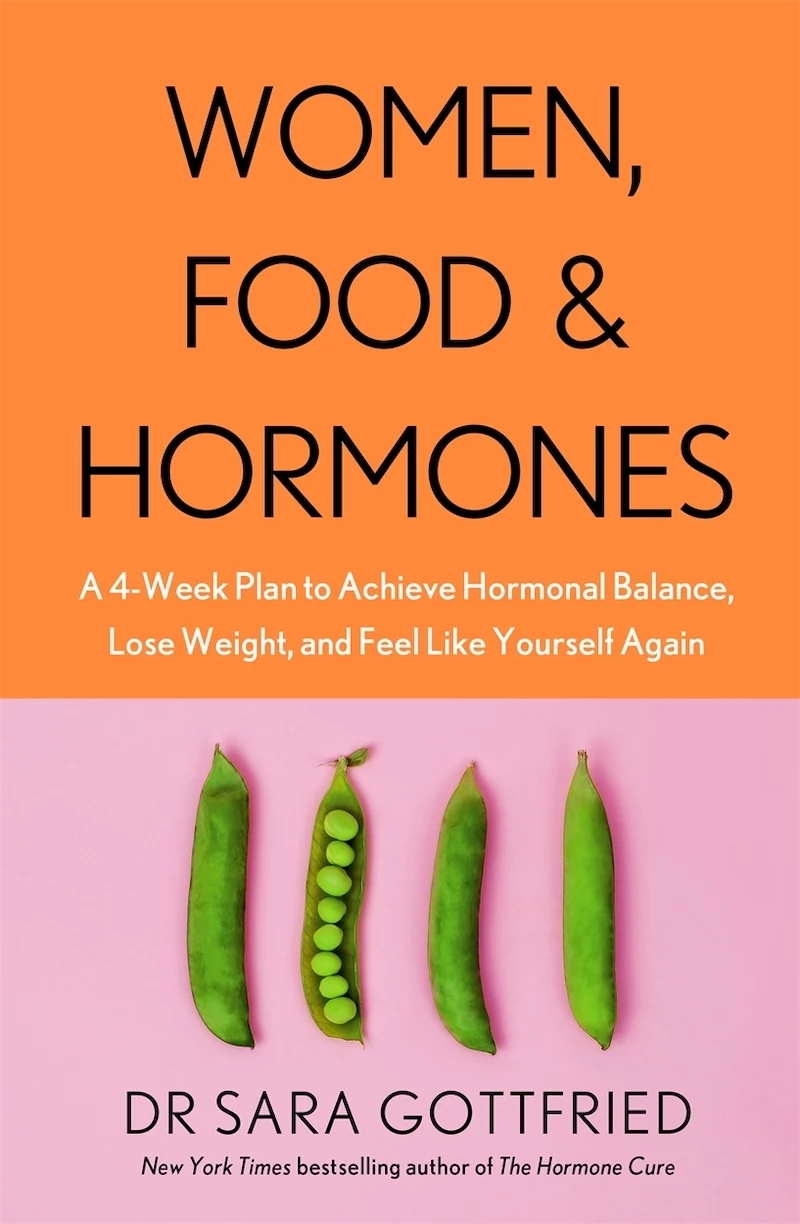
Wild-Caught Salmon: A powerhouse of anti-inflammatory Omega-3 fatty acids, which are crucial for hormone signaling and reducing period pain. A true superfood for your cycle.
Farmed Tilapia: Often raised in crowded conditions and fed a diet that makes its fat profile higher in inflammatory Omega-6s and lower in beneficial Omega-3s.
For a budget-friendly option, canned wild-caught salmon from brands like Wild Planet is an excellent choice.
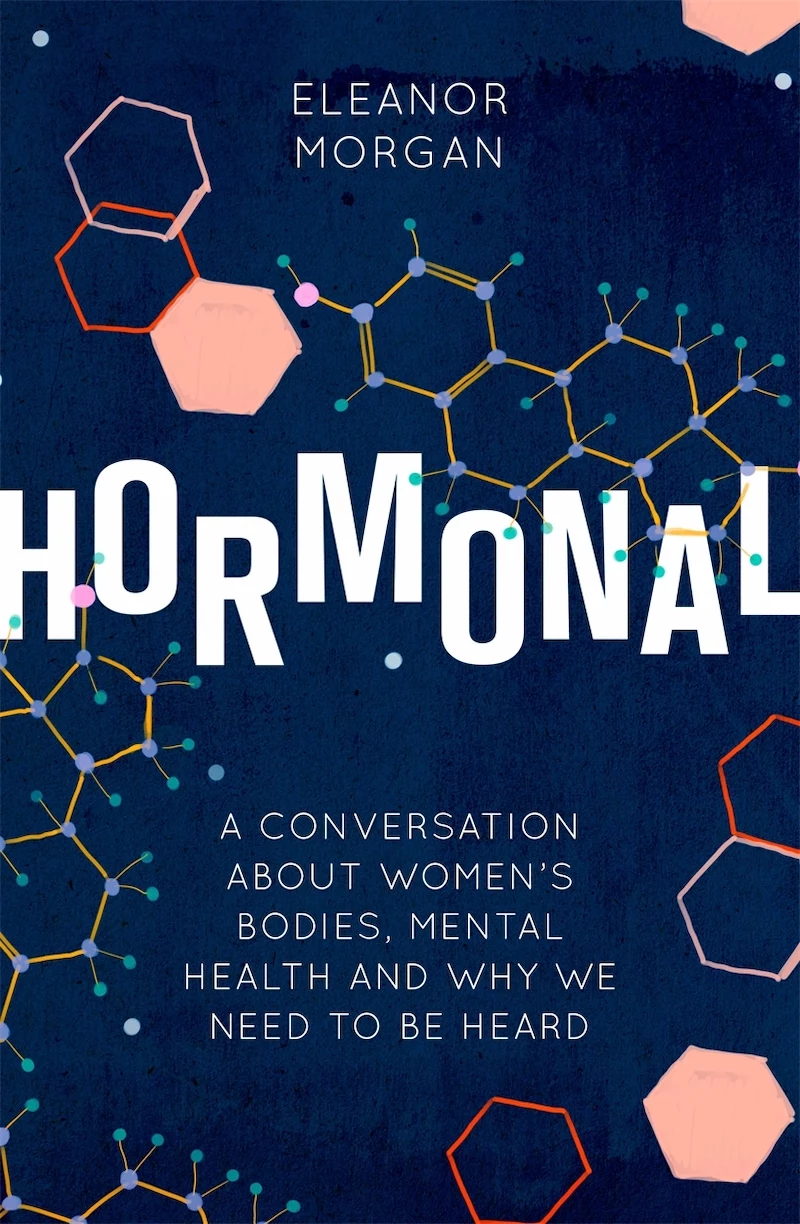
Feeling overwhelmed by a restrictive diet? Don’t. Instead of focusing on what to remove, focus on what you can *add*. Add a handful of greens to your eggs. Add a spoonful of seeds to your oatmeal. Add a side of roasted sweet potatoes to your dinner. This mindset of abundance and nourishment is far more sustainable and joyful than one of deprivation, and it gently crowds out the less optimal choices over time.
Your plate is a canvas. The vibrant colors in fruits and vegetables aren’t just for show—they represent a diverse array of phytonutrients and antioxidants. Deep purples in berries fight inflammation, bright oranges in carrots support your skin and eyes, and dark greens in spinach are packed with folate and magnesium. Aiming to ‘eat the rainbow’ each day is a simple, visual reminder to give your body the full spectrum of nutrients it needs to thrive.










